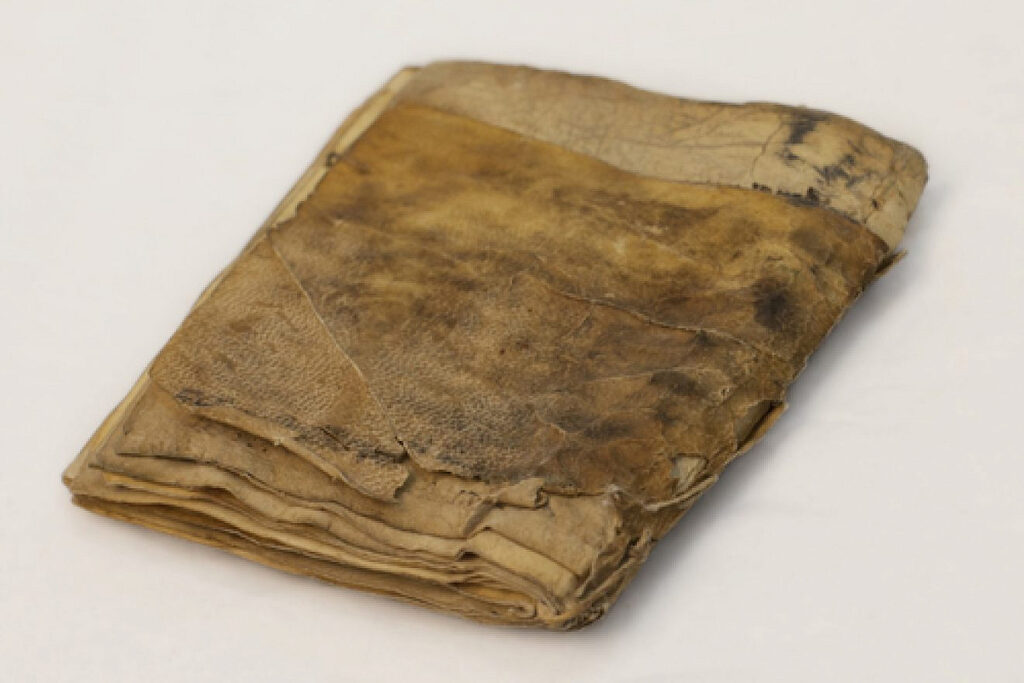
Future Outbreaks Could Be Predicted by Sewage
Future Outbreaks Could Be Predicted by Sewage
May 7, 2020
Medical Research, Robotics & High-Tech
Newsweek — Ben-Gurion University scientists suggest future coronavirus outbreaks could be tracked using sewage water.
In a preliminary study, the team detailed a proof-of-concept method for finding the genetic material of coronavirus which causes COVID-19, known as SARS-CoV-2, that has been shed in feces in sewage water.
They also showed that levels of SARS-CoV-2 in wastewater reflected the severity of the outbreak in the area it came from.
Co-author Dr. Yakir Berchenko, BGU’s Department of Industrial Engineering and Management, has previously worked to find and monitor levels of different contaminants in sewage, such as polio.
“Once you have a quantitative environmental surveillance method you can do unfathomable things with a simple dollop of sewage,” he says.
“One, batch test an entire city and estimate how many people are infected there. Two, identify outbreaks quick and simple, perhaps without even any symptoms in the population. Three, if you come up empty-handed, i.e. your sewage sample contains no virus, you can provide a measure for your uncertainty regarding [the question] ‘is the population disease free?'”
The study was carried out by collecting samples from wastewater treatment plants in four different locations in Israel, as well as raw sewage from different districts in Tel Aviv.
They examined the samples to see if they contained SARS-CoV-2. The team also looked at data on the number of COVID-19 cases in each area.

Shafdan Dan wastewater treatment plant in Rishon LeZion
In samples of sewage from the city of Bnei Brak, the team found concentrations of the virus’s genetic material correlated with the “general” number of people who had tested positive for COVID-19 there, which has been quite a lot.
However, samples from the cities of Beer-Sheva and Haifa were negative for SARS-CoV-2, possibly related to a low proportion of infected people in these cities.
Co-author Prof. Ariel Kushmaro of BGU’s Avram and Stella Goldstein-Goren Department of Biotechnology Engineering says he and his colleagues were surprised that the virus’s genetic material, or RNA, could be found for long periods of time in sewage, “and that using the right tools we can correlate the amounts with the numbers of infected people in a region.”
The method is useful from an ethical standpoint, he explains, as it allows scientists and officials to follow infection outbreaks even if people won’t or can’t be tested and could “provide important information for decision makers with regards to lock down or release measures.”
“And since the virus is released in the feces but symptoms are visible only five days after infection, this allows us to know there is an infection even before symptoms become apparent,” he says.




